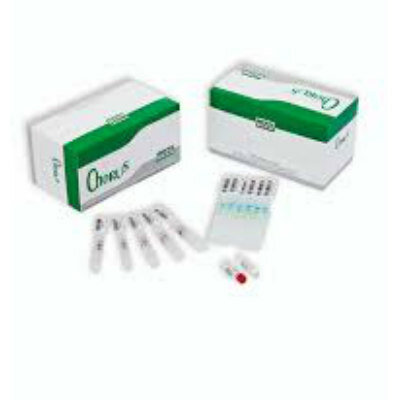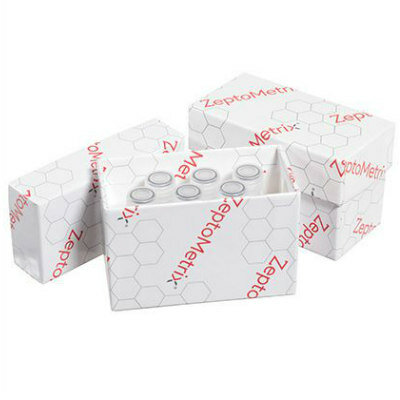Living Brain Cells Generated from Biobanked Brain Tissue
By LabMedica International staff writers
Posted on 21 Jan 2014
Scientists for the first time have generated induced pluripotent stem (iPS) cells lines from non-cryoprotected brain tissue of Alzheimer’s disease (AD) patients.Posted on 21 Jan 2014
These new stem cell lines will allow researchers to “turn back the clock” and observe how Alzheimer’s develops in the brain, potentially illuminating the start of the disease at a cellular level way before any symptoms tied to AD are shown. These reconstituted Alzheimer’s cells will also provide a platform for drug testing on cells from patients that were conclusively diagnosed with the disease. Up to now, the only available way to conclusively diagnose AD that has been available to researchers is studying the brain of deceased patients. This discovery will allow scientists for the first time to compare “live” brain cells from Alzheimer’s patients to the brain cells of other non-Alzheimer’s patients.
Scientists from New York Stem Cell Foundation Research Institute (NYSCF; New York, NY, USA), working in collaboration with scientists from Columbia University Medical Center (New York, NY, USA), have effectively generated the iPS cells from frozen tissue samples stored for up to 11 years, and published their findings January 7, 2014, in the journal Acta Neuropathologica Communications, revealed that disease-specific iPS cells can be generated from readily available biobanked tissue that has not been cryoprotected, even after they have been frozen for many years. This allows for the generation of iPS cells from brains with confirmed disease pathology as well as allows access to rare patient variants that have been banked. Moreover, findings made using iPS cellular models can be cross-validated in the original brain tissue used to generate the cells. The stem cell lines generated for this study included samples from patients with confirmed AD and four other neurodegenerative diseases.
This noteworthy accomplishment creates new avenues to research cells affected by disease from patients with definitive diagnoses. This advance will utilize existing biobanks to support research in an effective new way.
iPS cells are typically generated from a skin or blood sample of a patient by turning back the clock of adult cells into pluripotent stem cells, cells that can become any cell type in the body. While valuable, iPS cells are frequently generated from patients without a clear diagnosis of disease and many neurodegenerative diseases, such as AD, frequently lack specific and strong disease classification and severity grading. These diseases and their degree can only be definitively diagnosed by postmortem brain examinations. For the first time we will now be able to compare cells from living individuals to cells of patients with clear diagnoses generated from their banked brain tissue.
Brain bank networks, which combined contain tens of thousands of samples, offer a large and immediate source of tissue including rare disease samples and a conclusive spectrum of disease severity among samples. The difficulty of this strategy is that most of the biobanked brain tissue was not meant for growing live cells, and therefore was not frozen in the presence of cryoprotectants typically used to protect cells while frozen. NYSCF scientists in collaboration with CUMC scientists have shown that these thousands of samples can now be utilized to make living human cells for use in disease research and to develop new drugs or preventative treatments for future patients.
Related Links:
New York Stem Cell Foundation Research Institute
Columbia University Medical Center














